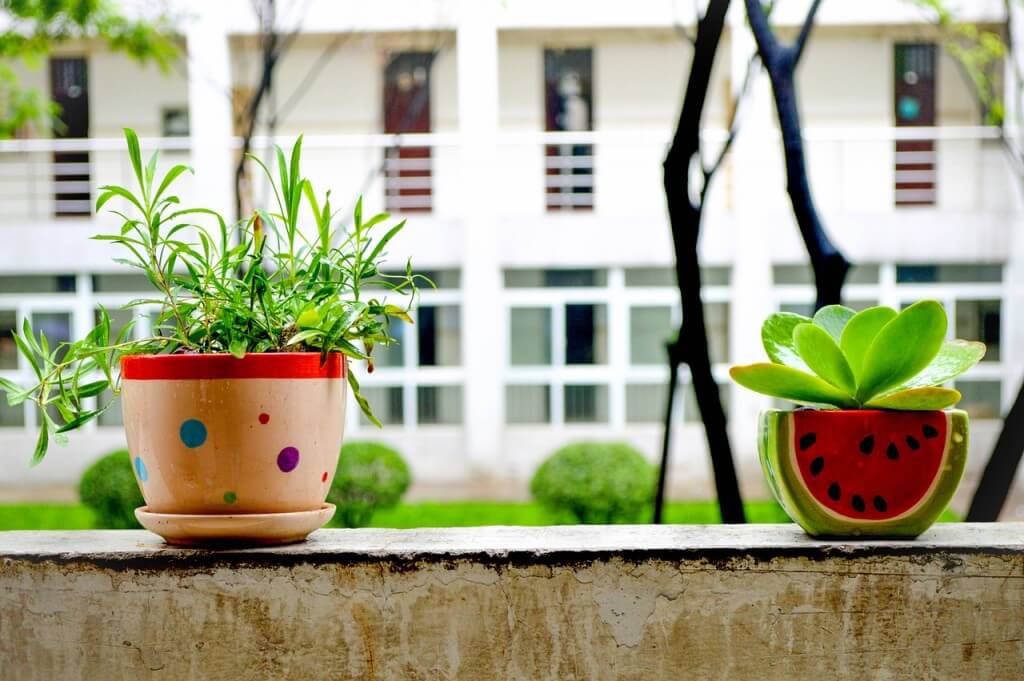
Houseplants are very popular decorations for homes and can provide warmth and softness to any decor. Plants are constantly developing and changing and many people are fascinated by the processes that happen in plants. But the best spot for a plant as a decoration may not always be the best place for them to get the right kind and right amount of light they need to grow the best they can. Not having enough light is the single most limiting factor to plant growth than anything else.
Plants need light because they use it in the process of photosynthesis. Plants are the only living things that can transform light into starches and sugars that can then be used for energy. These carbohydrates are then transferred to animals who eat plants and from them to animals that eat other animals and on up through the food chain. We only get many of the carbohydrates we need in our diets because of the process of photosynthesis that plants go through.
The kind and color of light that a plant gets really does matter to their health. Much of the light is visible to the human eye is not absorbed by plants. This is why their leaves look green to us. Some of the most important types of light for plants are red and blue light. But it is best for plants to have exposure to the full spectrum of light for the best results. Plants require more rays from the red spectrum than the blue. The best light for plants comes from sunlight which has the best balance of the red and blue light for them. Plants that grow outside, close to windows or in greenhouses are typically the plants that get the best light. In places where plants get very little exposure to natural light plants need additional light sources.
Each plant will have different light needs and the needs can also vary according to the time of day and time of year. The amount of light that a plant needs to thrive is typically measured in footcandles. A footcandle is basically the amount of light on a flat surface one foot away from a standard candle. This definition doesn’t clarify much for most people. Most plants are divided into three categories of how much light they need – low, medium and high light intensities. Plants that need low light are usually classified between 50 and 250 footcandles. Medium light plants do best with between 250 and 3,000 footcandles. Most houseplants fall into this category. High light plants generally won’t get enough light in a house under artificial light and most don’t do very well indoors.
Most plants should be located about six to twelve inches from the source of the light. The further away from the light source, the less intense the light and the less benefit given to the plant. This is why incandescent lights are usually a bad source for plants, because they are so hot within this distance. Plants that don’t get any kind of light from the outdoors should have artificial light between sixteen and eighteen hours a day. But it is best to have a combination of natural and artificial light if there isn’t enough natural light available to the plant.